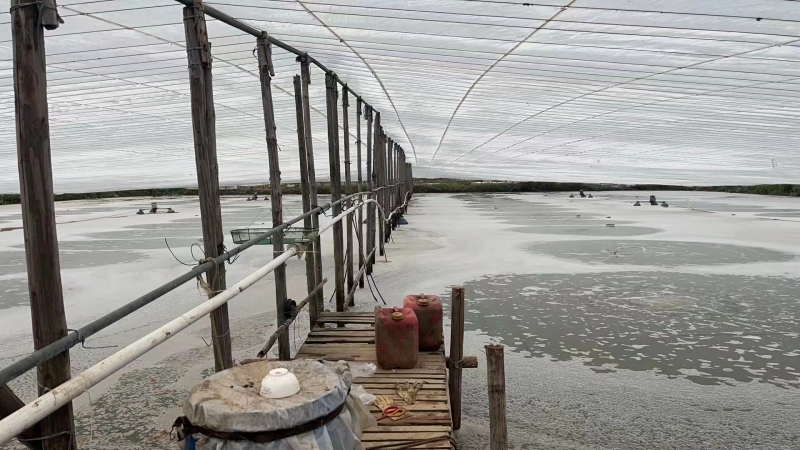News
What should aquaculture farmers do to reduce losses due to cooling and heavy rainfall?

Precautions for rainy days
1. Pay attention to the water quality. There are two ways for muddy water to enter the pond: one is through the water source, and the other is through the pond ridge. Muddy water contains sediment, branches, leaves, and other debris, which reduces the transparency of the water and dissolved oxygen after entering the fish pond, thereby affecting the small ecology in the fish pond. When encountering rainy days, it is necessary to pay special attention to cutting off the muddy water source, and then inject clean water, or turn on the Roots blower and aerator.
2. Timely inspect the water inlet and outlet, and repair the parts that may be filled with water. Fish ponds located next to streams and small rivers should be monitored for debris blockage in the river channel during daily management and before entering the rainy season. If there is a risk of blockage in irrigation, it should be promptly eliminated.
3. During the interval of rainfall, strengthen the patrol of the pond, reinforce the pond foundation and anti escape facilities, inspect the safety of breeding equipment and electrical facilities, and ensure that there is no human negligence causing production losses in the hardware of the breeding.
4. Attention should be paid to increasing oxygen. Continuous rainy days can easily lead to hypoxia in ponds. Aquatic species, algae, and some organic matter in the pond require oxygen consumption during the oxidation process. As the saying goes, three days of hypoxia per day is not long, and hypoxia can cause irreversible damage to the body of aquatic species. Therefore, it is necessary to pay attention to bottom oxygenation and use a three leaf Roots Blower with microporous oxygenation nano tubes for aeration and oxygenation. Jiangyin Zhongxin Machinery Equipment Co., Ltd. can provide you with a complete set of professional aeration and oxygenation products.
5. Long periods of cloudy and rainy weather can easily cause bacterial growth at the bottom of the pond, so it is important to pay attention to bottom modification and disinfection.
Post rain management measures
1. Replace the pond water. Choose a stable sunny day, avoid rushing and pouring water when changing, and pay attention to the difference in water source temperature and pond water temperature. If the temperature difference is too large, it can be exposed to sunlight and heated before being discharged into the fish pond.
2. Insecticidal disinfection and sterilization
The inflow of rainwater and muddy water has brought pests and bacteria to ponds, and some have even caused fish diseases.
3. Prevent diseases. During rainy days, fish may experience a decrease in their physical fitness due to reduced eating and activity, increasing the risk of contracting diseases.
Welcome to contact:+8618013418091(WhatsApp/Wechat)
+8618013418097(WhatsApp/Wechat)
 Alvin
Alvin hugh778
hugh778